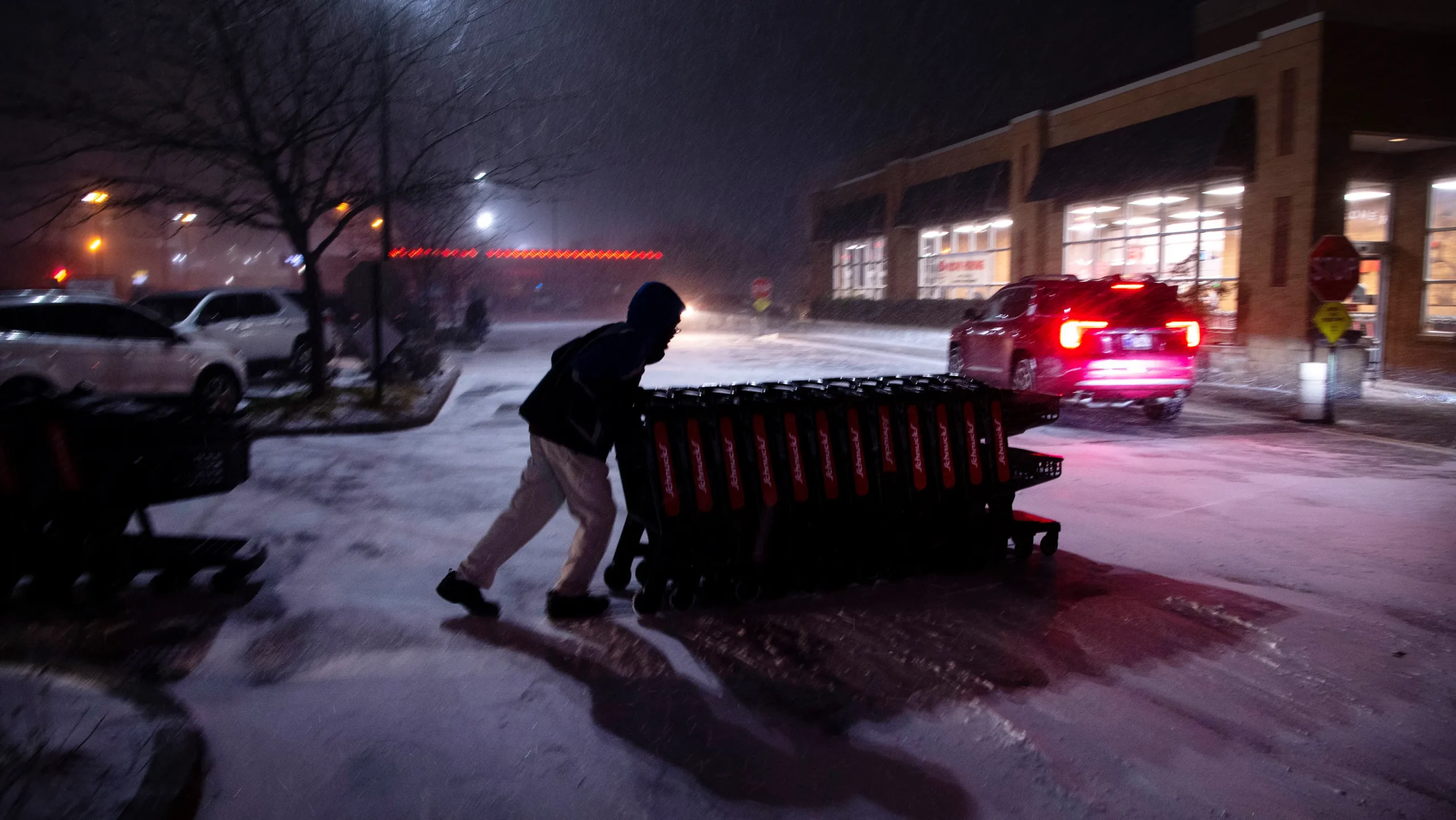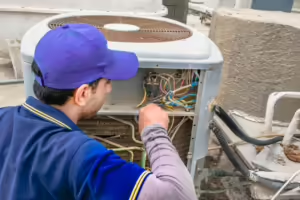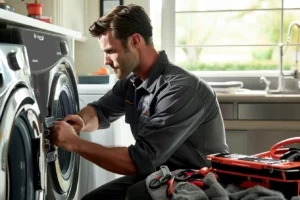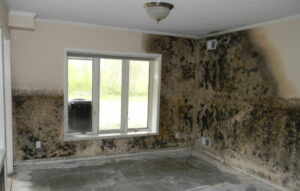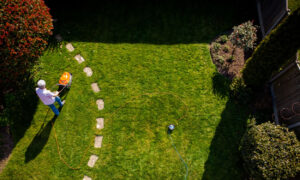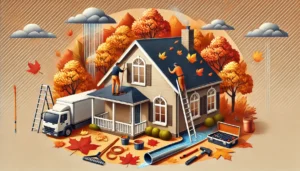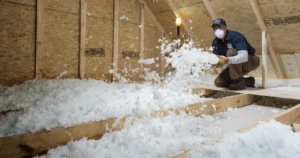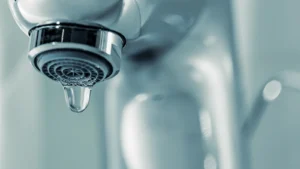Winter storms bring more than just snow and ice—they often cause power surges that can damage your home’s electrical systems and expensive appliances. A power surge occurs when the voltage in your electrical system spikes unexpectedly, often due to lightning strikes, downed power lines, or sudden power restoration after an outage. Fortunately, with a few proactive steps, you can protect your home and electronics from the havoc of winter power surges. Here’s how to keep your home safe and your devices intact during the coldest months.
1. Install Whole-House Surge Protectors
A whole-house surge protector is your first line of defense against sudden voltage spikes.
- What it does:
- It’s installed at your home’s electrical panel to block or redirect excess voltage caused by power surges.
- It protects all devices connected to your electrical system, including HVAC systems, refrigerators, and washing machines.
- What to do:
- Hire a licensed electrician to install a whole-house surge protector.
- Make sure the surge protector can handle the voltage load of your entire home.
- Why it works: Whole-house surge protectors prevent damaging surges from reaching your home’s wiring, appliances, and outlets.
2. Use Surge Protector Power Strips
Not all power strips are created equal. Choose surge-protected power strips to safeguard sensitive electronics like TVs, computers, and gaming consoles.
- What to look for:
- Check the joule rating—at least 1,000 to 2,000 joules is recommended for winter storm protection.
- Look for a power strip with an automatic shut-off feature when it’s no longer providing protection.
- Use strips with indicator lights to confirm they’re functioning properly.
- Where to use them:
- Plug high-value electronics, like laptops, TVs, and chargers, into surge protector power strips.
- Why it works: Surge protector power strips add an additional layer of protection, especially for devices that are most vulnerable to sudden voltage spikes.
3. Unplug Electronics During Storms
If you know a storm is coming, unplugging devices is the simplest and most effective way to avoid damage.
- What to do:
- Unplug sensitive devices, including TVs, computers, and gaming consoles, before a storm hits.
- Disconnect charging cables for phones, tablets, and other small electronics.
- Pro Tip: Use a power strip with an on/off switch to make unplugging multiple devices easier.
- Why it works: No connection to an electrical source means no risk of a power surge damaging your electronics.
4. Upgrade Your Electrical System
Older electrical systems may be less equipped to handle sudden voltage changes. Upgrading your system ensures better protection.
- What to do:
- Hire a licensed electrician to inspect your home’s wiring, circuit breakers, and electrical panel.
- Replace outdated components, such as fuse boxes, with modern breaker panels that include surge protection features.
- Ensure circuits are properly grounded to minimize the risk of surges.
- Why it works: A modern electrical system is better at managing power fluctuations and reducing the impact of surges.
5. Protect Your HVAC System
Your HVAC system is particularly vulnerable to power surges, which can damage components like the compressor, blower motor, or thermostat.
- What to do:
- Install a surge protector specifically designed for your HVAC unit.
- Consider installing a voltage monitor that can shut off your system during extreme power fluctuations.
- Pro Tip: A whole-house surge protector can also shield your HVAC system as part of its broader protection.
- Why it works: Safeguarding your HVAC unit ensures your home stays warm during winter storms while avoiding costly repairs.
6. Invest in a Backup Generator
Power outages can cause sudden surges when electricity is restored. A backup generator can help prevent this by supplying consistent power.
- What to do:
- Install a standby generator with automatic power transfer capabilities.
- Use a surge-protected power inverter for portable generators to provide clean, steady energy.
- Why it works: Generators minimize disruptions by keeping essential systems running without voltage spikes caused by outages or grid restoration.
7. Use Uninterruptible Power Supplies (UPS)
For computers and other critical devices, a UPS acts as both a backup battery and surge protector.
- What it does:
- Provides temporary power during an outage to safely shut down devices.
- Offers built-in surge protection to shield electronics from sudden voltage spikes.
- Where to use it:
- Computers, routers, and other devices requiring steady power.
- Why it works: A UPS protects sensitive equipment and gives you time to save work or shut down safely.
8. Inspect and Maintain Your Home’s Wiring
Faulty or damaged wiring increases the risk of surges and electrical fires during storms.
- What to do:
- Inspect visible wires for fraying, exposed metal, or damage.
- Have a professional electrician evaluate hidden wiring in walls or attics.
- Replace any outdated or damaged wiring promptly.
- Pro Tip: If you experience frequent power surges, flickering lights, or buzzing sounds, call an electrician immediately.
- Why it works: Well-maintained wiring reduces electrical hazards and keeps your home safe during storms.
9. Stay Alert for Utility Power Surges
Surges often occur when power is restored after an outage. Knowing how to respond can prevent damage.
- What to do:
- Wait a few minutes after power returns before plugging electronics back in.
- Use a surge protector power strip to reconnect devices safely.
- Report flickering lights or abnormal power behavior to your utility company.
- Why it works: Avoiding immediate reconnection reduces the risk of a secondary surge damaging your equipment.
10. Schedule Professional Electrical Inspections
A pre-winter electrical inspection can identify vulnerabilities before a storm hits.
- What to do:
- Hire a licensed electrician to inspect your home’s wiring, outlets, and surge protection systems.
- Discuss upgrading to whole-house surge protection if you haven’t already.
- Why it works: Preventative maintenance ensures your electrical system is ready for winter storms and reduces the risk of unexpected issues.
Final Thoughts: Protect Your Home from Winter Surges
Winter storms may bring unpredictability, but protecting your home from power surges doesn’t have to be complicated. By installing surge protectors, upgrading your electrical system, and practicing smart habits like unplugging electronics during storms, you can safeguard your devices and prevent costly repairs. Stay proactive this season, and enjoy peace of mind knowing your home is protected no matter what winter throws your way.

